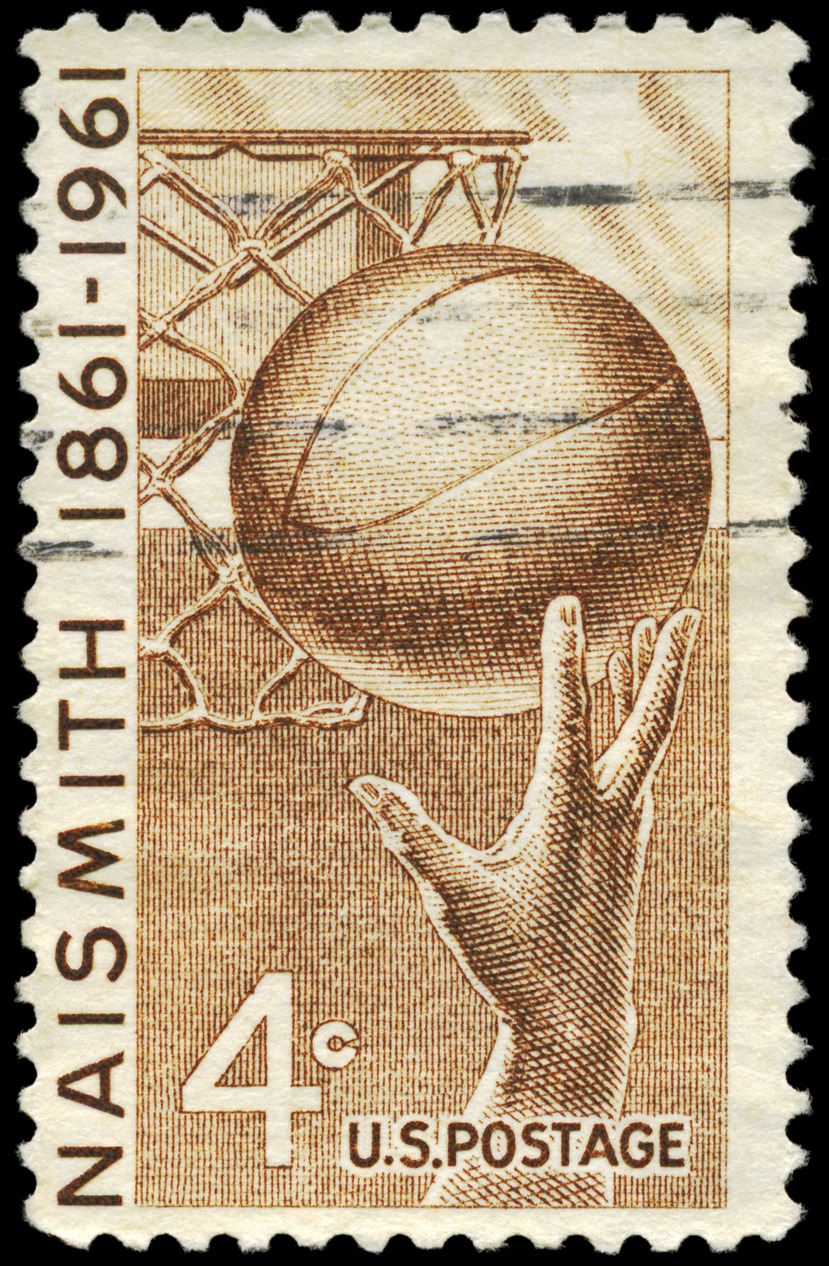The development of a sport discipline, unlike that of a scientific discovery, cannot usually be pinpointed to a particular moment in time. A single person can rarely be credited with so much, but it is the case for James Naismith. The Canadian is believed to be a true “father” of basketball.
Of course, historians are known to be looking for the slightest connections and similarities between contemporary times and the old days. From this point of view, basketball can be considered one of those disciplines that are older than we think if we take into account that Mayans had their own version of the game. Playing with a rubber ball called ulama, you were supposed to strike it through a stone hoop set high above the “court.” But for the sake of argument, let’s stick with the year of 1891. In the fall of the said year, Naismith came up with his original idea for a game we know and love – basketball.
Being a physical education teacher at the school located in the Ontario state at the time, he actually did it because of an assigned work task. His superior asked him to come up with a game to encourage students and provide them physical activity during the colder wintertime. He was given fourteen days for the job. Naismith first tried to adapt football and soccer to the indoor conditions but believed it not to be possible, mostly due to risks of injuries and damages to school property. Finally, he figured out that his attempts to modify the old ideas are pointless, and he had to invent something entirely new.
He decided to make things simple. The most popular sports disciplines relied on playing with balls of different sizes, so the new game should follow this example – besides, the less equipment needed, the better. Then Naismith remembered a popular play in Canada called duck-on-the-rock, where participants try to knock the stone from a platform by throwing other stones at it. He liked the idea of aiming at a target, so he thought the players of his game should try to aim the ball at the spot located above their heads, so they wouldn’t be able to put some sort of a goalkeeper, and the play would be dynamic.
The rest, naturally, is history. Although the basketball, as we know it, is understandably different than back then, the core of it remains relatively intact. Some of the thirteen early formulated rules of gameplay apply to this day.

